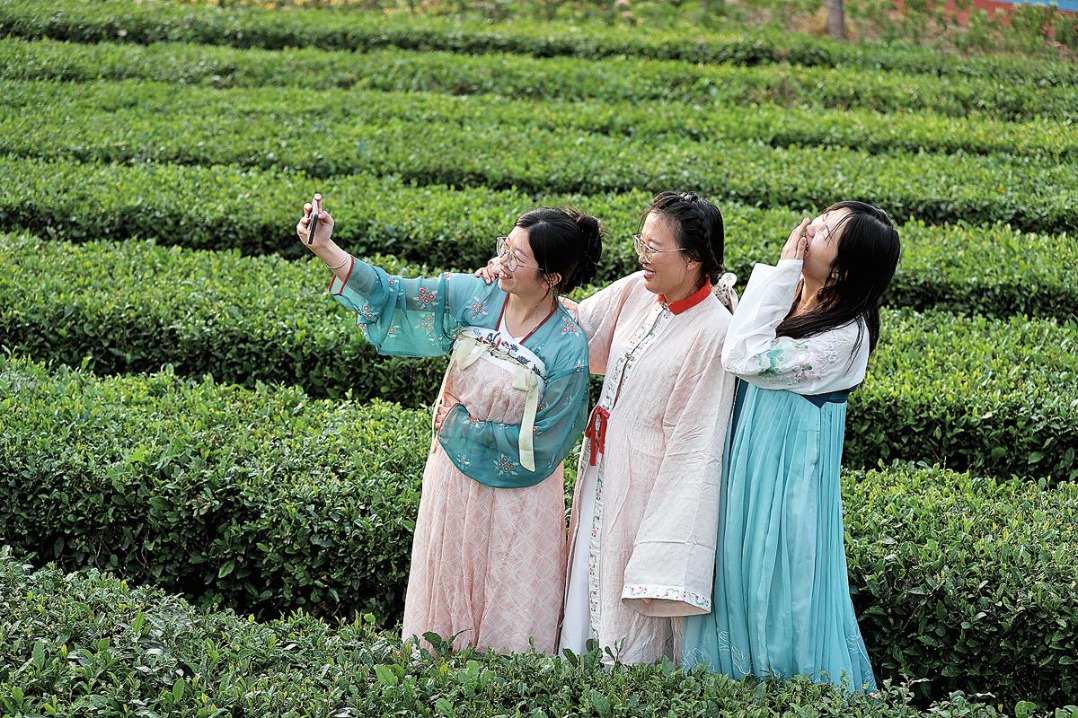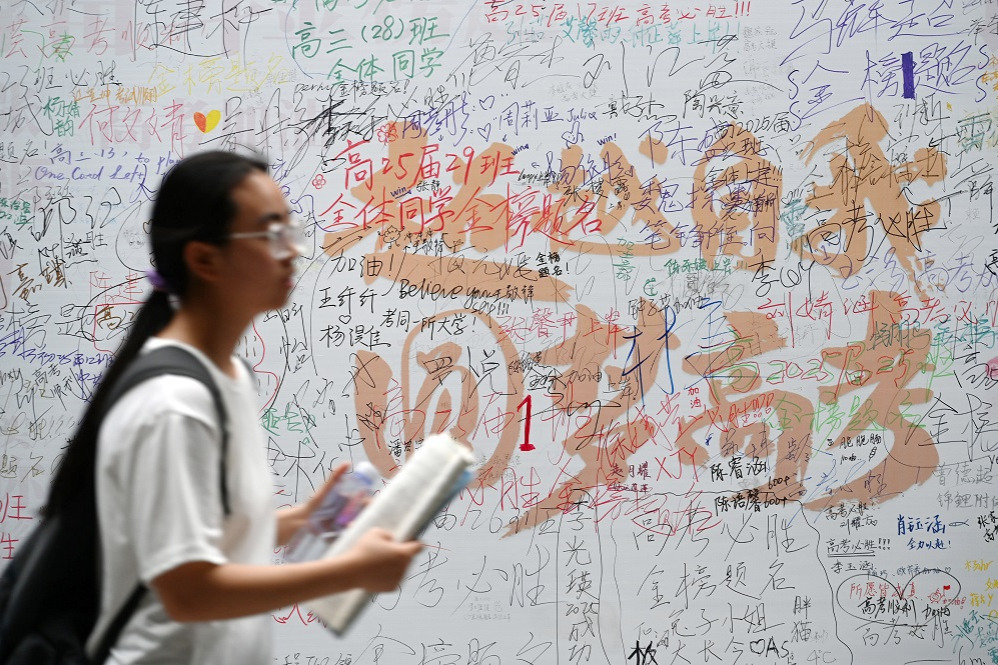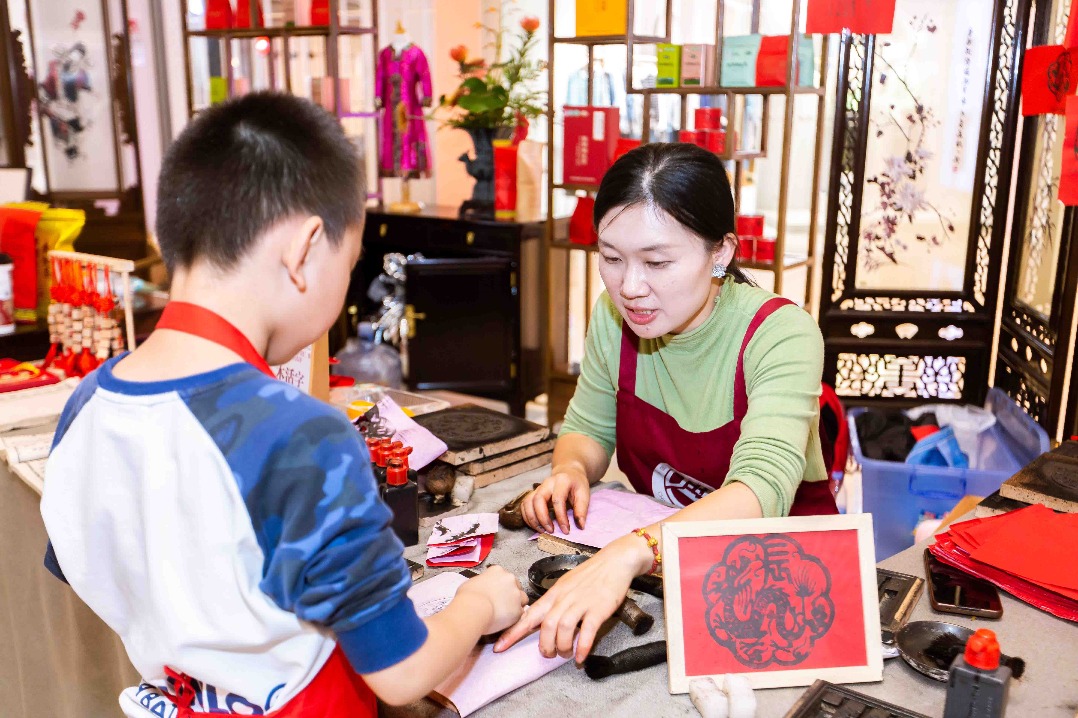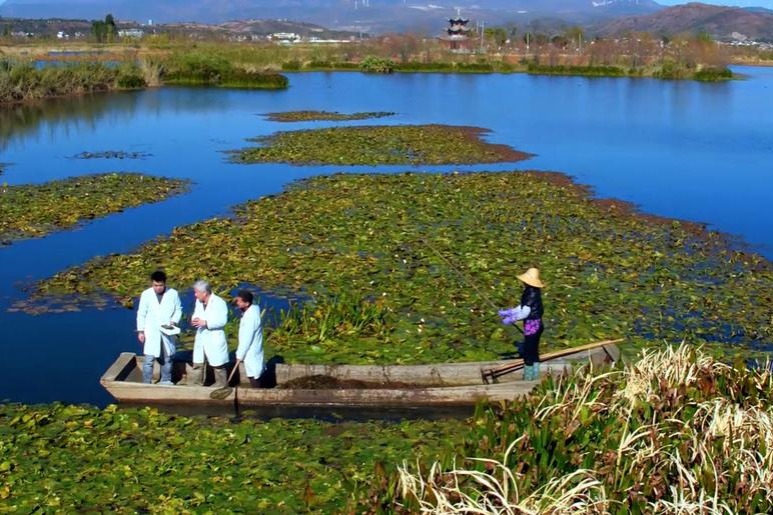Long-term push for green transformation reveals Guangxi's natural splendor


Improved water quality and a revitalized ecological environment have enabled Liuzhou in the Guangxi Zhuang autonomous region to develop its tourism and agricultural sectors while shifting focus toward green industries. Over the years, the city has emerged as an industrial hub with some of the most beautiful natural scenery in China.
The water sourced from the Liujiang River is rich in minerals and trace elements, supporting the growth of agricultural and aquaculture products. Among them, kumquats from Rong'an county stand out for their plumpness, sweet flavor and rich nutritional value. Last year, the county's total kumquat cultivation area reached approximately 15,000 hectares, yielding 270,000 metric tons.
The kumquat industry chain generated nearly 10 billion yuan ($1.39 billion) last year, helping over 100,000 farming households increase their income, according to the Liuzhou government.
Liuzhou is also renowned for its signature dish, river snail rice noodles, or luosifen, which has gained popularity nationwide for its distinctive flavor. The core ingredients of luosifen, river snails and rice noodles, rely on the region's pristine water quality. In 2024, total sales from the city's luosifen industry reached 75.96 billion yuan, with a 13.4 percent year-on-year increase.
"Only a good environment and clean water can produce high-quality products," said Xie Xiaolin, deputy director of the Liujiang River ecological environment protection center in Liuzhou.

The river's exceptional water quality has also helped establish Liuzhou as a major water sports destination in southern China. The city has hosted various international sports and tourism events in the Liujiang River scenic area, including the International Aquatic-Speed Competition and the F1 Motorboat World Championship.
Along riverbanks, former industrial sites have been transformed into ecological parks and tourist facilities, attracting a growing number of visitors and boosting the hospitality and catering sectors. With water taxis and scenic riverside roads, the Liujiang River has become a must-visit attraction.
According to Liuzhou's culture, radio, television and tourism bureau, the city received 73.6 million domestic and international visits in the first three quarters of last year, a 12.3 percent increase from 2023. Tourism revenue during the same period reached 79.3 billion yuan, up 14.6 percent.
Traditional industries such as automobile manufacturing, steel and machinery have been upgraded. Liuzhou Steel's factories have realized zero-waste operations, while local automakers are ramping up production of new energy vehicles. In 2024, Liuzhou's NEV output surged by 110 percent year-on-year, with cumulative production exceeding 2.5 million vehicles.
At the same time, Liuzhou is accelerating the development of emerging sectors such as energy conservation, environmental protection, electronic information technology and high-end equipment manufacturing. As of the end of last year, the city had 20 national-level green factories and six regional-level green factories.
- Long-term push for green transformation reveals Guangxi's natural splendor
- Liuzhou tops water quality list for 5th year
- Where tea blends with culture and tourism
- China unveils first deep-sea testing site
- Remains of former senior military official cremated
- China strives to build South China Sea into a sea of peace, friendship, cooperation





































